Home / Blog Legacy / How Are Theater Masks Used Today Post 4
How Are Theater Masks Used Today Post 4
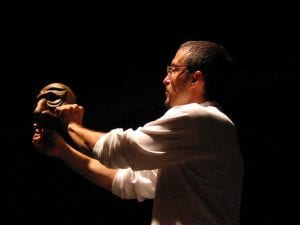
Using theater masks for actor training began in the western theater with Jacques Copeau in France in 1913. Copeau believed the solution to effective teaching for the actor was to emphasize physical training. To accomplish this effectively he reached for the theater mask. The foundation of mask training lay in the actor’s awareness of the physical body in space. Copeau believed this awareness to be at the heart of successful acting technique
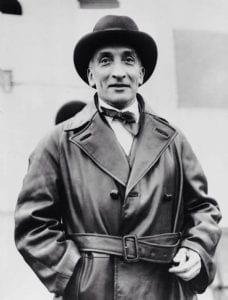
Copeau realized there was first the need for the actor to find a state of calm, silence and simplicity. The actor had to begin from a place of stillness. Out of this idea grew the first attempts at neutral mask training. These first attempts at teaching through neutral mask were later disseminated throughout the world by Copeau’s nephew Michael St. Denis and developed to what we know them to be and practice today by Jacques Lecoq at his school in Paris.
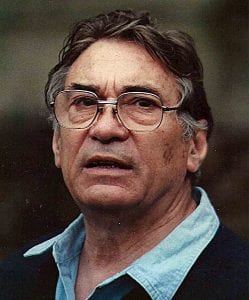
Theater mask work combined with improvisation, stylized movement and the development of kinesthetic awareness makes the student more aware of feelings that accompany an action. The mask training builds an understanding that every physical movement has a corresponding emotional response and that every emotional response has a corresponding physical manifestation.
The neutral mask training builds a development of an inner sense of rhythm. The mask reveals the personal text of the body and allows for an understanding of how to make choices specific to a particular world while making use of the personal as an asset rather than a distraction.
Actor training using the theater mask (neutral mask, character mask, larval mask and commedia mask) also creates within the actor an understanding of what his or her role is within a theatrical event, the relationship between the actor and the character, the actor and the story being told and the actor to the audience.
The actor must support the character mask, the neutral mask or whatever mask he or she might be wearing. Said differently the actor must come to the mask and find out what it is rather than impose preconceived notions of what the actor thinks the mask might be. The neutral mask is the foundation and teaches the actor to be lead through the world by pure discovery. The Larval mask or Basel Mask teaches the actor how to approach the mask or character with naiveté and a playful abandon and the character mask teaches the actor to see the world from a specific perspective. This singular perspective of the character mask or character half mask then changes what a discovery leads to and colors the playful action of the character in a manner that is particular to mask being worn.
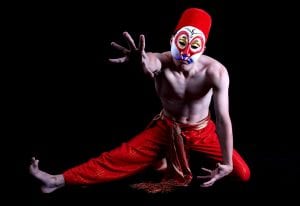
The theater mask reminds the performer of the artist’s relationship to the audience. The mask demands that every discovery be actively shared with the viewer. The only way in which the audience knows what the character is experiencing, thinking or feeling is if they can physically see the mask. In this the actor is reminded that he or she must share each discovery, each moment of importance with the audience. The theater mask reveals in the act of telling a story, it is the feelings and the experiences of the audience that are the most important rather than those of the actor.
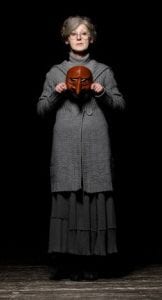
I believe this is what Sandra Mladenovitch, one of the great master teachers of mask meant when telling a student (me) in class over and over again simply “for us (pour nous)”. For us. “For us,” the audience, “for us”. What she meant was; share your discoveries, turn out, stop being alone, don’t be selfish, listen out, make your decisions based on what the audience knows and understands and reveal your joy filled play for others. She wanted the mask to be present not the good ideas of the actor.
Find mask workshops, buy and play with masks, create stories in which the use of masks is necessary, train with masks and engage in a generous act of storytelling and performance that exists solely for the experience of the audience. Make theater exciting again!!!
